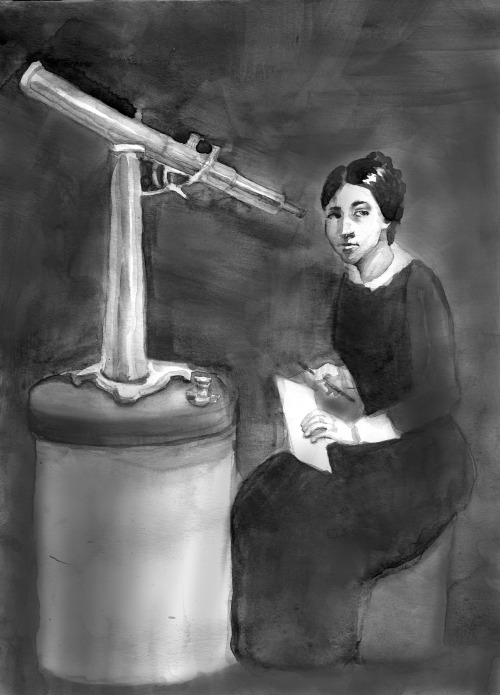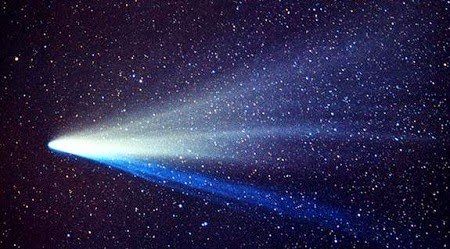Married to the stars

Two factors decisively influenced the participation of women in the sciences: the family environment, and the non-professional category of science at the time. That is why there is a record of many women called the ladies of science, but historians only granted them a passive role, being forced to occupy peripheral positions.
One of them was Maria Margarethe Winkelmann-Kirch.
Maria get married in 1692, with one of the most famous German astronomers of the time, Gottfried Kirch and embarked on a joint career in astronomy. In 1700, Gottfried Kirch was appointed the Academy’s astronomer where she would serve as his unofficial but appreciated assistant .
At the Berlin Academy of Science, Maria and Gottfried worked closely together, though only he held the official position of astronomer. Using their observations of the night skies, they performed calculations to produce calendars and almanacs, with information on the phases of the moon, the setting of the sun, eclipses, and the position of the sun and other planets. The couple also recorded weather information.
It was then that Maria Winkelmann became the first woman in history to discover a comet, C / 1702. Although officially, her husband was the discoverer. It was not until eight years after María was recognized as a true woman discoverer of the comet.

Despite the disappointments she experienced during her career in the shadows, her publications brought her some recognition during her lifetime and were an enduring contribution to astronomy, included his observations on the Aurora Borealis (1707), a pamphlet on the conjunction of the sun with Saturn and Venus (1709), and a well-received pamphlet in which she predicted a new comet (1711).
While she was rewarded with some measure of fame and respect, including a job offer from Russian czar Peter the Great, she paid a high price in terms of adversity, ridicule and even periods of poverty for being a woman.
Maria had 4 children, who followed in her footsteps and learned the basics of astronomy. Only his son Christfried, got in 1716 the position of Director of the Observatory of the Royal Academy of Sciences of Berlin. His three daughters, equally passionate about astronomy, followed the same fate as his mother. Because they were women, they could only work as assistants to their brother.
Maria Winkelmann died on December 29, 1720 without having achieved an official recognition of her career and her important discovery.
I did not know this story, thank you for sharing it. Regards ;)
Downvoting a post can decrease pending rewards and make it less visible. Common reasons:
Submit
your welcome! and thank you very much for read it
Downvoting a post can decrease pending rewards and make it less visible. Common reasons:
Submit